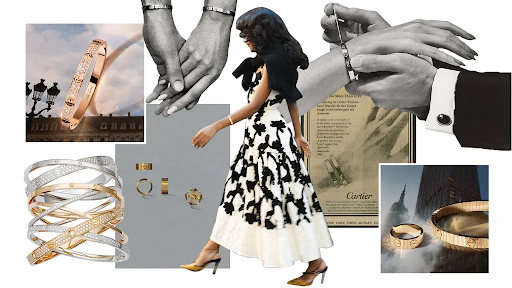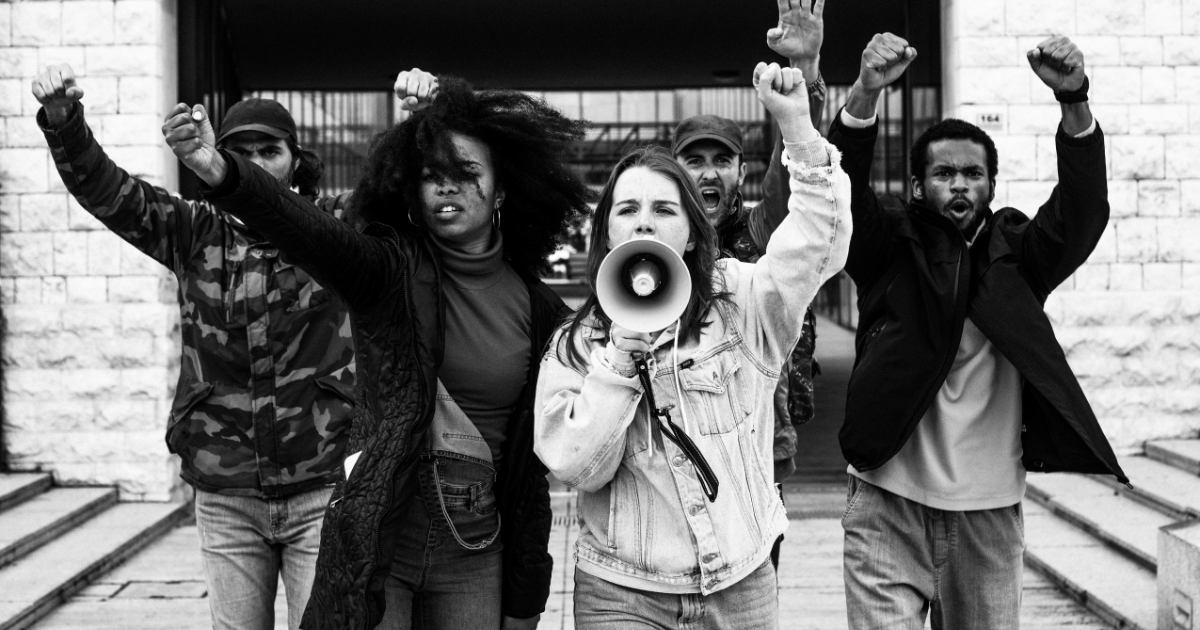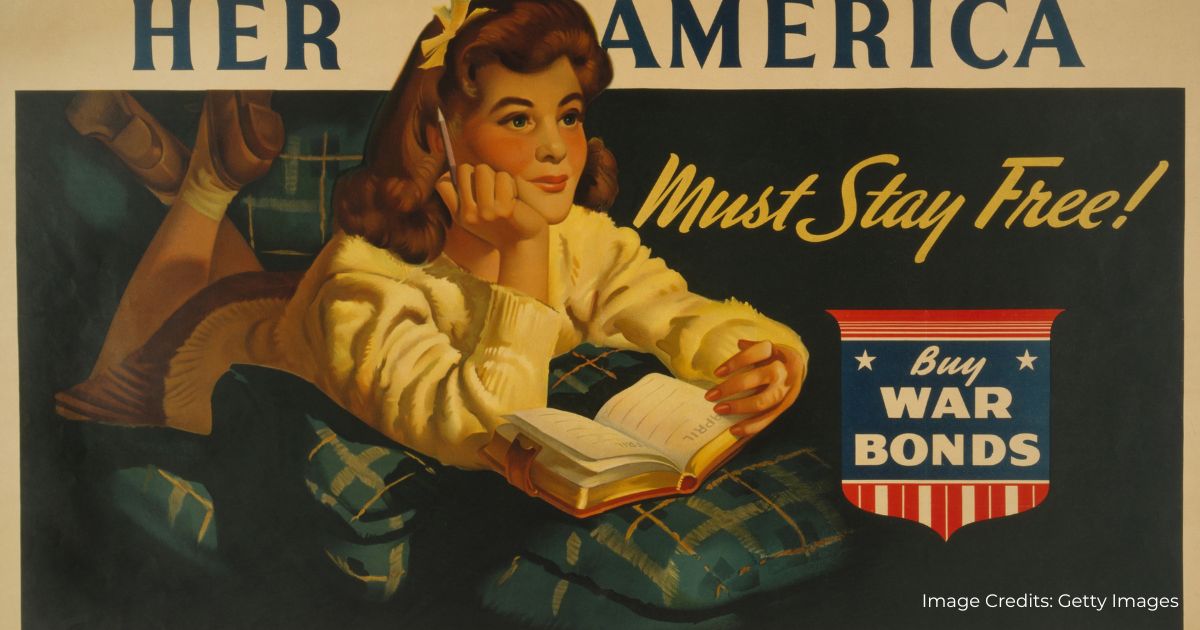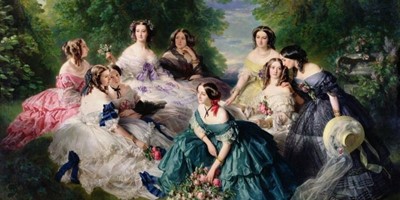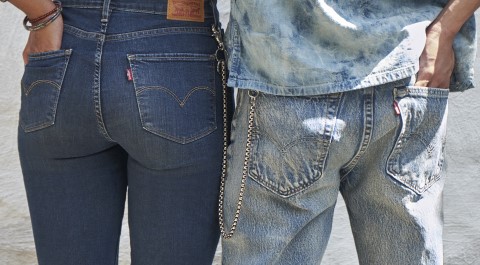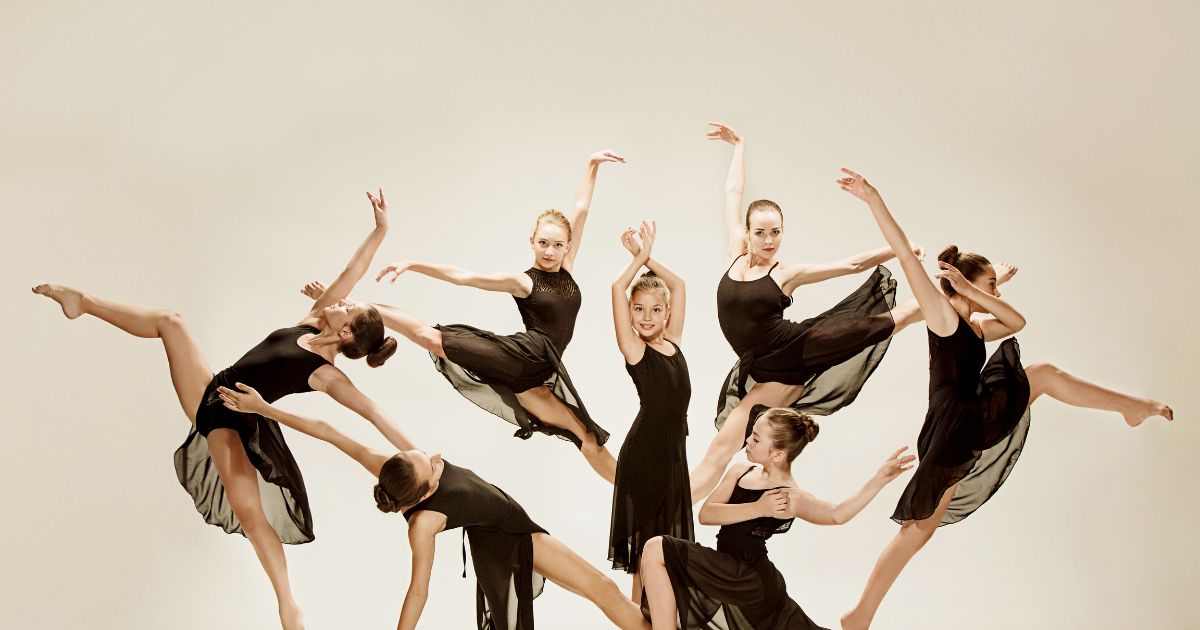Tartan is a patterned cloth consisting of crisscrossed, horizontal and vertical bands in multiple colors, forming simple or complex rectangular patterns. Setts are the different colored patterns used in their tartans. This woven wool fabric was worn by the Scottish warriors as early as in the 18th century. The clans in this era distinguished themselves and were named after the patterns used in their tartan setts.
There began the history of Fashion in Social Activism. Colonialism, dictatorship, wars, competitions and ownership, all of these have been a part of our history and they all used fashion to express their identity at a greater scale.
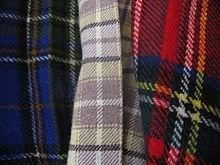
In the Egyptian civilization, the wealthy had many fabrics draped to show their status and as we go below the status, the clothing was reduced to a simple loin cloth, wrapped up to support the genitals and nothing more. Thus, proving how clothing separated the class of standards.
Various countries around the globe have had their share of wars to become independent, in some or the other way. These people, participating for their voices to be heard, have all made their statements through fashion.
Knowingly or unknowingly many have created history.
Fashion Characteristics in Social Activism
Fashion is used as a totem or a distinguishing feature by the activist group who share the same thoughts or beliefs. This way, fashion creates meaning outside the linguistic signs and quotes, yet stays within cultural connotations.
The ease of incorporating one’s motto in the clothing makes an instant check for identification. Colors play a vital role in expressing emotions at such revolutionary moments.
Apart from identifying oneself with certain cultural groups or having been included in certain communities, there have been people who wanted to show disassociation. There has been a struggle for showing inclusion, artistic view, self respect, freedom of choice, call for change and improvement.
Revolutions using fashion in the forefront
Sans-culottes – 18th century France, the upper class wore silk knee breeches while the lower-class people wore long trousers, fighting for social and economic equality in the French revolution. These people were called as sans-culottes meaning, with no breeches. Today, we call the long skirt split with 2 legs as culottes.
The Black Panthers movement – In 1966, to campaign against racial discrimination. African Americans wore black in layers to implement African elements in America.
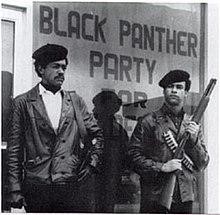
The punk – Introduced by the famous Vivienne Westwood, aimed to provoke and challenge middle class culture. Deliberately wearing T-shirts which featured an inverted crucifix and a Nazi Swastika. Giving rise to the long living Gothic culture.
Serpica Naro – An entire clothing collection was showcased in the Milan fashion week 2005, depicting labor conditions in the fashion industry. To highlight the problems that the labor is facing in the fashion industry.
Slow Factory Foundation – A collection with Arabic writings was launched in opposition to Donald Trump’s Muslim ban. This organization was itself created for planet and people justice.
Trashion – Art, expressing the Reuse of material. Since the 1990s, people have been using various platforms to express the matter of sustainable practices. Fashion shows, art galleries, community centers exhibit long gowns and fashion dresses made of trash.
Fashion Revolution India – An organization running with hashtags #WhoMadeMyClothes and #Whatsinmyclothes to spread awareness on Sustainability.
Individual designers have been bold, and came out with their political views more in the past times, mostly the rich men and women. While the big brands looked at it as a daring subject to not step into.
A few Big brands gave space for their designers later to speak about issues, like misogyny and racism through their designs, and made history.
Then, various fashion shows witnessed a lot of rebellions marching on the runway to protest on various levels. These runway protests were no more a surprise element. Hence, more and more messages started coming up on the luxury brand fashion shows soon.
An environmental organization, the Extinction Rebellion was seen holding these signs to express the overconsumption of the fashion industry.
A Peta protest was also seen crashing a Dior Fashion show back in 2003.
As we move ahead in time we can see how
Fashion evolved from,
Just a Cover up to a Status display,
A Display to a Statement,
And a statement to a Call for Action.
Author: Saloni Gaikwad
*Images are used for representation purposes only. There is no intention of infringing the copyright of the rightful owners.*



